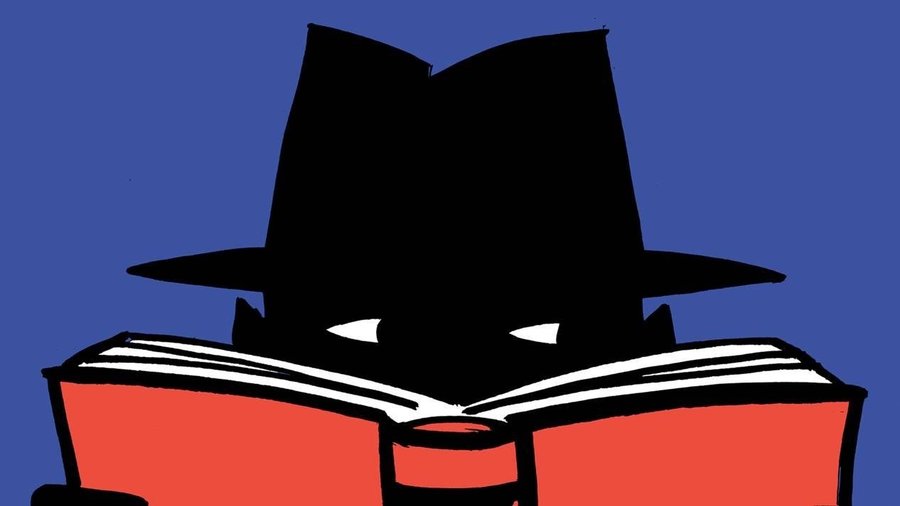Table of Contents
MYSTERIES + THE ARTS
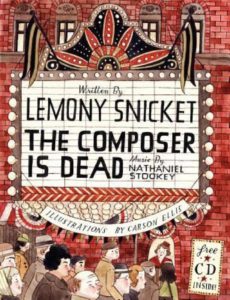
|
In Lemony Snicket’s The Composer Is Dead (HarperCollins, 2009), the (nameless) composer has kicked the bucket and an Inspector has been summoned to find the perpetrator. He questions all the players in the orchestra, instrument by instrument (all claim to have alibis: the Violins were playing a waltz; the Trombones were having a drink). An accompanying CD by the San Francisco Symphony brings the action to musical life. For ages 6-10. |
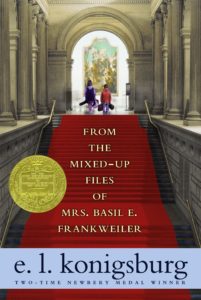
|
In E.L. Konigsberg’s Newbery-winning From the Mixed-Up Files of Mrs. Basil E. Frankweiler (Atheneum Books for Young Readers, 2007), resourceful Claudia and younger brother Jamie run away from home to live in the Metropolitan Museum. There they discover a statue of an angel that just might be the work of Michelangelo. Their attempts to solve the mystery lead them to the fascinating Mrs. Basil E. Frankweiler. For ages 8-12. |
| A movie version of the book, titled The Hideaways (1973), starred Ingrid Bergman as Mrs. Frankweiler. | |
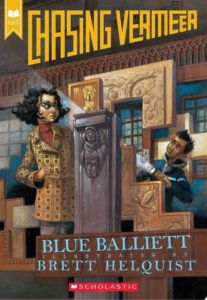
|
In Blue Balliett’s Chasing Vermeer (Scholastic, 2005), sixth-graders Calder Pillay – who has a talent for puzzles, patterns, and pentominos – and Petra Andalee, who loves to write, use their skills and shared love of art to solve a mystery involving a vanished Vermeer painting. Other art-based mysteries by Balliett are The Calder Game, which features a stolen Alexander Calder sculpture and The Wright 3, an architectural mystery involving Frank Lloyd Wright’s Robie House. For ages 9 and up. |
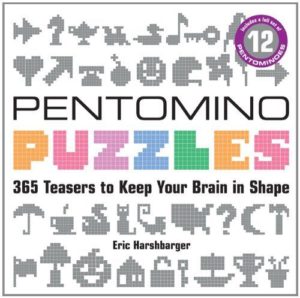
|
Experiment with Calder Pillay’s pentominos. Eric Harshbarger’s Pentomino Puzzles (Puzzlewright, 2011) includes a set of pentomino tiles (12 shapes) and 365 challenging puzzles. For all ages. |
| Play Pentominoes online. Players drag and drop pentomino shapes onto a grid to complete a puzzle. | |
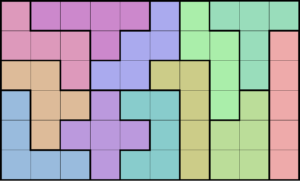 |
Printable Pentominoes are available from Scholastic.
Need a lot of pentominoes? Check out this 72-piece multicolored set. |
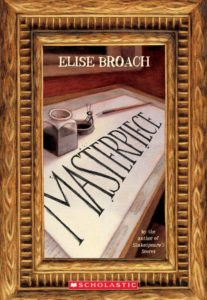
|
In Elise Broach’s Masterpiece (Square Fish, 2010), Marvin, a talented beetle who lives under the floor of the Pompadays’ New York City apartment, befriends 11-year-old James Pompaday, who is neglected by his snooty mother and grouchy stepfather. When Marvin makes a beautiful pen-and-ink drawing for James’s birthday, Mrs. Pompaday, seeing it, becomes convinced that her son is an artistic genius. An excited curator at the Metropolitan Museum of Art compares the drawing to that of Albrecht Durer, and soon beetle and boy are embroiled in a plot to foil an art heist and recover a stolen Durer masterpiece. For ages 9-14. |
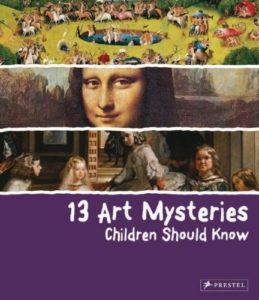
|
Angela Wenzel’s 13 Art Mysteries Children Should Know (Prestel, 2011) is a gorgeously illustrated book of historical art puzzles. Each double-page spread has a reproduction of an artwork, a timeline, and nicely presented information about the mystery, the artist, and the historical context. Mysteries include “What Did Jesus Really Look Like?,” “Why is Mona Lisa Smiling?,” “How Did Caravaggio Die?,” “The Missing Amber Room,” and “Goya and the Ugly Queen.” This one might also be a great starting point for mystery-writing projects. For ages 9 and up. |
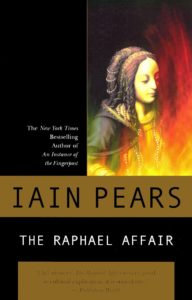
|
In Iain Pears’s Art History Mystery Series, detective/art historian Jonathan Argyll deals with forgery, fraud, and murder in company with the Italian Art Squad (and gorgeous Roman investigator Flavia di Stefano). First book in the series is The Raphael Affair (Berkley, 2001). For teenagers and adults. |
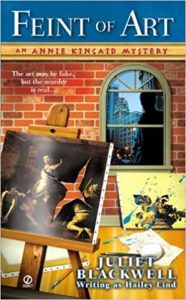
|
Hailey Lind’s Art Lover’s Mystery Series features ex-art-forger Annie Kincaid, who now uses her expertise and underworld connections to combat art crime. In Feint of Art (Signet, 2006), the first of the series, Annie deals with a fake Caravaggio, a missing museum curator, and a murder. For teenagers and adults. |
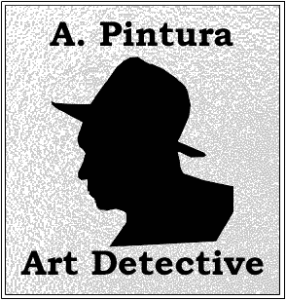 |
At A. Pintura, Art Detective, an online exercise in art detection, kids study the works of famous artists and solve “The Case of Grandpa’s Painting.” |
| In NOVA’s “Mystery of a Masterpiece”, experts investigate the portrait of a Renaissance woman that might or might not be by Leonardo da Vinci. | |

|
In Scholastic’s Create Art From Mystery Objects project, kids get a paper bag filled with surprise materials and are challenged to make a work of art. |
WRITING MYSTERIES
 |
From Scholastic, Exploring the Mystery Genre is a three-part study unit for grades 3-5, in which kids write their own mystery stories. Included are printable games and worksheets. |
| From the ReadWriteThink, What’s in a Mystery? is a multipart lesson plan for grades 3-5 in which kids identify the elements of a mystery story and invent mysteries of their own. Included is a printable Mystery Graphic Organizer for writers. | |
| Mystery Cube is a simple organizational tool to help young writers plan a mystery story. | |
| It’s all about the characters! Learn all about it from Psychology Today’s Taking the Mystery Out of Mystery Writing. |
CONTESTS
Write a mystery! Win a prize!
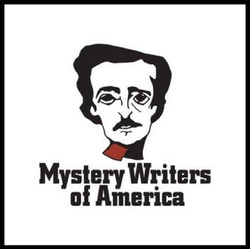 |
The Helen McCloy/Mystery Writers of America Scholarship provides money to offset the costs of writing workshops and programs for aspiring writers. Applicants need to supply a short essay on mystery writing and a writing sample. For more information, rules, and application forms, see the website. |
| From St. Martin’s Minotaur and the Mystery Writers of America, the First Crime Novel Competition is open to writers ages 18 and up who have never before been published. | |
| The Tony Hillerman Prize is awarded annually to the best first mystery novel set in the American Southwest. | |
| For fans of Rex Stout’s Nero Wolfe, the Wolfe Pack sponsors the Black Orchid Award, an annual award for a novella-length mystery manuscript. |
